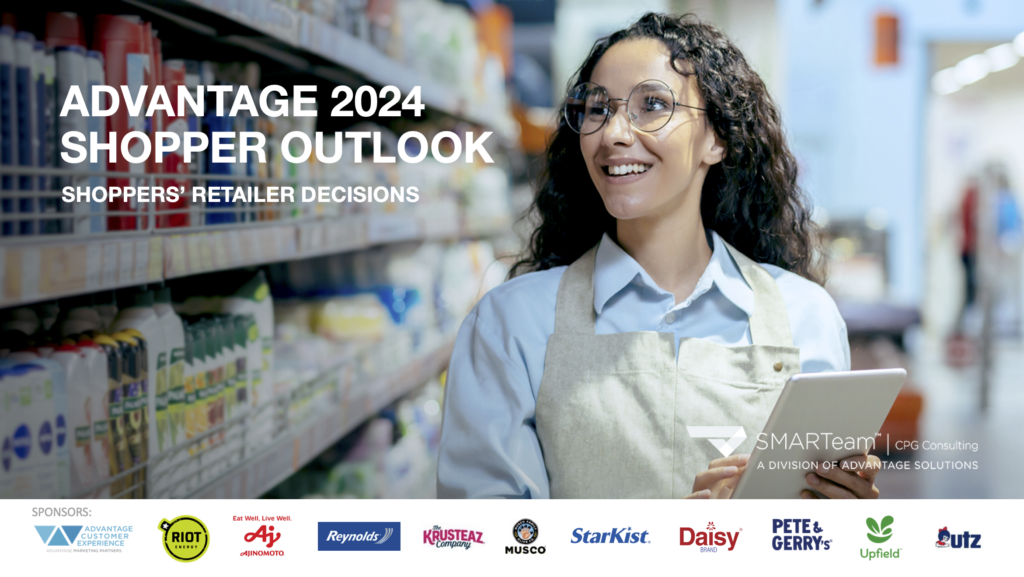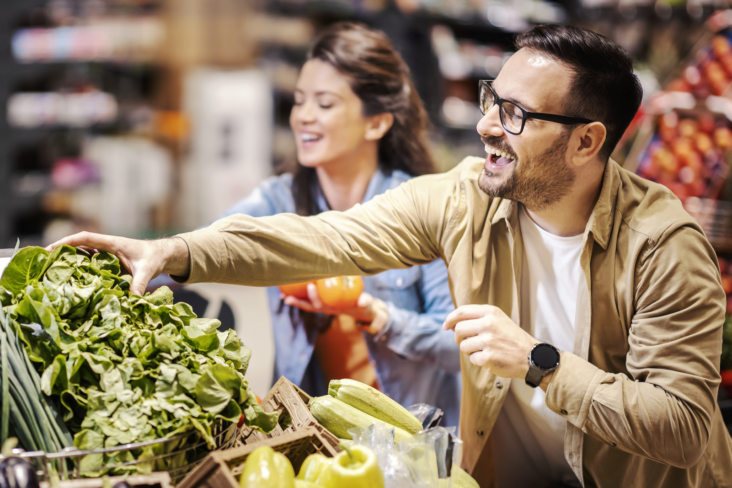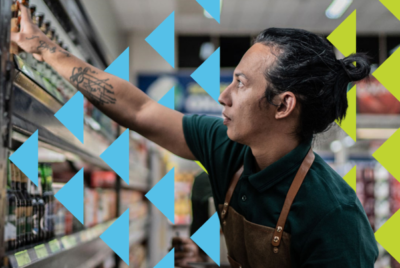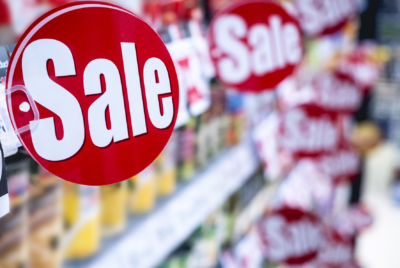Grocery shoppers are scaling back the number of stores they frequent, as the out-of-stock havoc of the pandemic continues to fade into memory.
Today, unlike then, where people shop is determined more by their lifestyles, budgets and individual preferences — and not so much the availability of items that once had them “retail surfing” to fill their weekly basket.
According to the Advantage Shopper Outlook, which was published today, Americans are buying groceries from an average of 4.1 different stores. This marks a significant drop from the 5.5 average stores shopped in 2021, when out-of-stocks and supply chain issues drove consumers to multiple stores to find items.
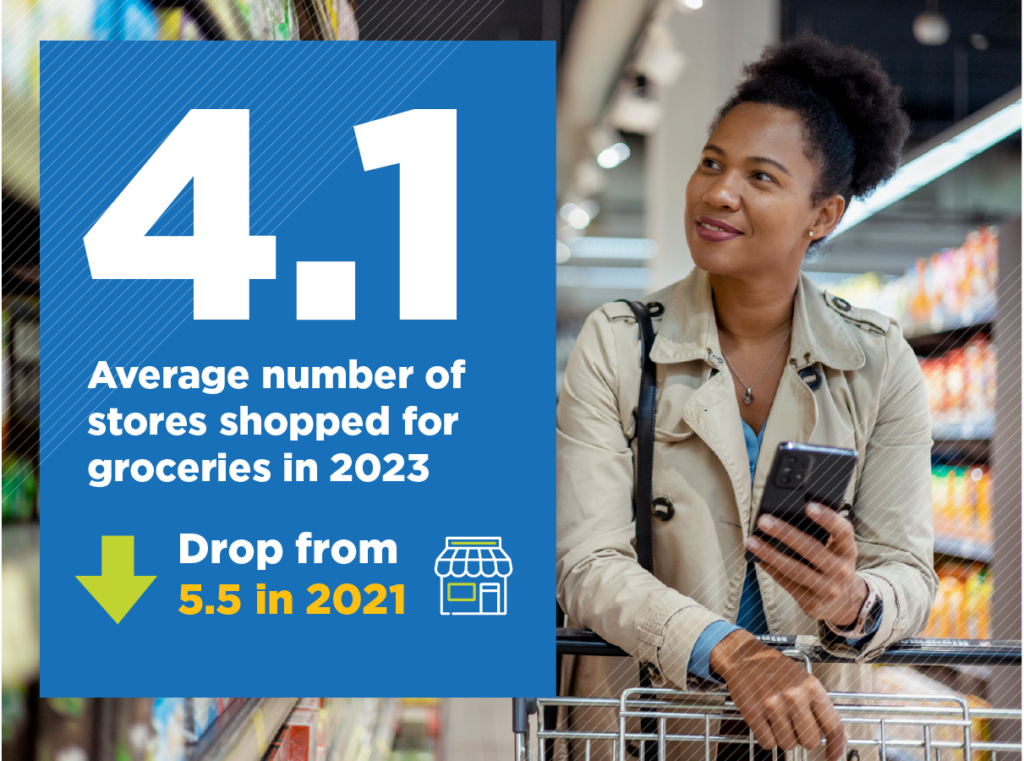
Avoiding out-of-stocks is critical, but it’s just one of several ways retailers keep customers returning to their stores. The highest-performing retailers know the importance of a broad assortment of products ranging from the familiar,
classic brands to higher-ticket premium lines as well as a robust private-brand offering. And as more and more shoppers are seeking to try before they buy, offering product samples is a good way to keep those customers coming back.
But the bottom line is all about price and convenience. Most shoppers choose their stores based on everyday low prices and the appeal of a one-stop shop. Retailers that get that formula right are already ahead of the game when it comes to building shopper loyalty.
However, loyalty only goes so far. As good as any retail experience is, two-thirds of shoppers today still have a couple of preferred stores where they spend the most money.
Specialty and mass retailers benefit most from shoppers who visit multiple stores, says Jill Blanchard, president of enterprise client development at Advantage Solutions. But there are differences among how consumers shop these different channels.

Not all shoppers are created equal
According to the Shopper Outlook, most grocery purchase attitudes fall into one of five categories:
Care about the classics. These shoppers stick to their favorite products and are less likely to change their shopping habits. The convenience of a “one-stop shop” is appealing to this group. The “classics shopper” doesn’t necessarily need the highest quality, but they don’t typically buy the cheapest option either.
Price hunters are most likely to be Gen Z or young Millennial shoppers, often female, with limited household incomes and tight budgets. Fewer than average are married, 20% live alone and some live with their parents or roommates.
“This budget-minded group is drawn to private brands and everyday low prices,” Blanchard says. “We also see these shoppers looking for promotions and rewards programs and a wide variety of recognized brands in an easy-to-navigate, familiar store setting.”
Health-concerned shoppers mainly fall into the Gen X and Millennial cohorts and are more likely to be ethnically diverse and have children. “These shoppers want the best products for themselves and their families,” Blanchard says. “They carefully read labels and product claims and are more likely to purchase items that are organic or meet other dietary needs.”
They’re also more likely to respond to in-store samples: One-quarter say they prefer to shop at retailers that offer samples, while nearly the same amount say trained sample specialists are an important part of their shopping experience.
Buyers of the best are just what they sound like — shoppers in their peak earning years who enjoy the benefits of their higher household incomes, which include products and store environments that reflect their lifestyles. They’re also more likely to try samples to help identify quality products.
Trend seekers include married families who like to try new products with buzz. They tend to skew younger, more ethnically diverse with higher incomes than average.
“High quality and a wide and varied product selection is key to where they shop, and they are the group most engaged with sampling,” Blanchard says. In fact, more than half (55%) report having purchased an impulse product after sampling.
“Naturally, shoppers have various needs that impact their usual choice of retailer and channel,” notes Blanchard. “Without the constraints of pandemic-induced shortages and challenges, they are once again free to shop the way they’re most comfortable, whether that’s traditional grocery stores, club stores or specialty groceries.”
Click here for a free download of the full report.
The Advantage 2024 Shopper Outlook was sponsored by Advantage Customer Experience; Ajinomoto; Pete & Gerry’s; RIOT Energy; StarKist; Daisy Brand; Musco Food Corp.; The Krusteaz Company; Reynolds Consumer Products; Upfield; and Utz Brands.
